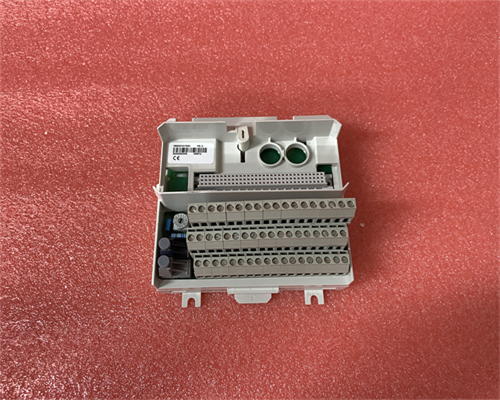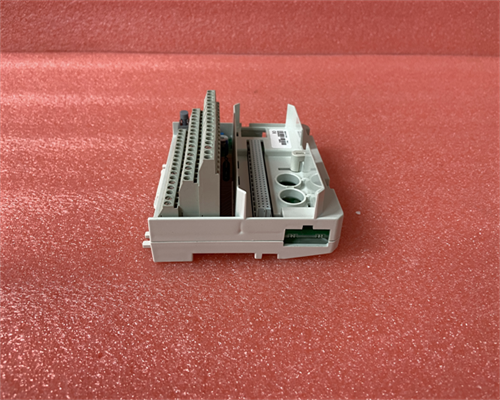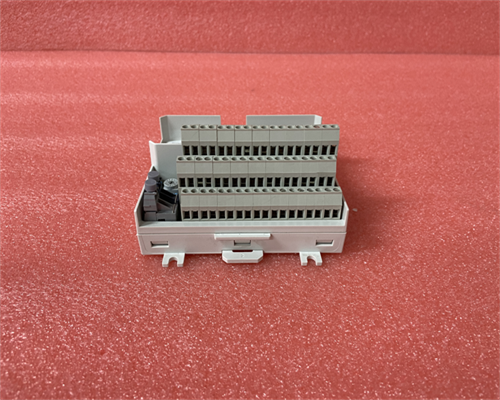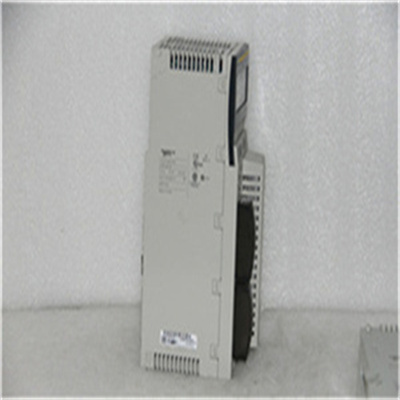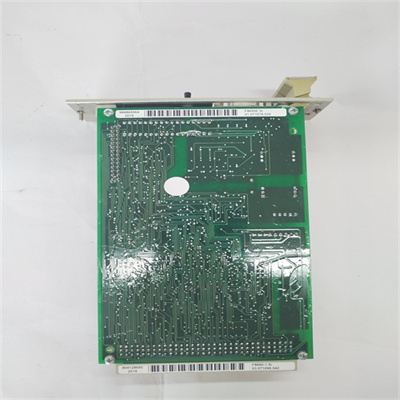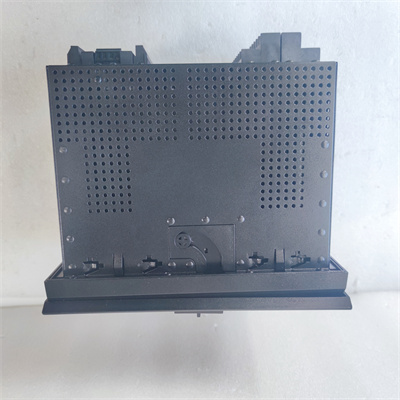GRBTU 3BSE013175R1
ABB GRBTU 3BSE013175R1 Production Description
While specific details about the production process for the ABB GRBTU 3BSE013175R1 module are not publicly available, here's a possible breakdown based on similar industrial automation modules and ABB's reputation for quality:
Components:
- High-quality electronic components suitable for industrial environments:
- Power electronic components: This likely involves thyristors or MOSFETs (Metal-Oxide-Semiconductor Field-Effect Transistors) for handling currents. The specific ratings depend on the module's intended application.
- Driver and control circuits for each output channel.
- Microcontroller or digital signal processor (DSP) for intelligent control algorithms (depending on functionality).
- Passive components like resistors, capacitors, and inductors for signal conditioning, filtering, and power management.
- Galvanic isolation components to isolate input and output signals for safety and signal integrity (critical in industrial automation).
- Housing suitable for industrial environments (e.g., flame-retardant plastic with proper heat dissipation features).
Production Stages:
Component Sourcing:
- ABB sources high-quality electronic components from reliable suppliers that meet their performance and reliability standards.
Sub-Assembly (if applicable):
- Assembling power electronic components, driver circuits, and isolation components onto a baseplate.
- Pre-testing of sub-assemblies to verify functionality and identify potential issues early on.
- Depending on the complexity of the GRBTU 3BSE013175R1, there might be a sub-assembly stage involving:
PCB (Printed Circuit Board) Manufacturing (if applicable):
- If the GRBTU 3BSE013175R1 utilizes a PCB for control logic or signal processing, it would likely be fabricated according to ABB's design by a specialized PCB manufacturer.
PCB Assembly (if applicable):
- Automated pick-and-place machines for accurate component placement.
- Reflow ovens or wave soldering techniques for secure connections, likely with a focus on high-current carrying capacity.
- Additional hand soldering or rework for critical components (possible depending on the design).
- Automated and visual inspection to verify component placement and functionality.
- In a controlled environment with stringent quality control procedures, the electronic components are precisely placed and soldered onto the PCB (if used). This might involve:
Final Assembly and Integration:
- Installing output terminal blocks for user connections.
- Incorporating heat sinks or fans for thermal management of power electronic components.
- Installing control interface components for user interaction or system integration (depending on functionality).
- The sub-assembly (if applicable) and the PCB (if applicable) are integrated into the final housing of the GRBTU 3BSE013175R1. This might involve:
Testing and Quality Control:
- Electrical testing to verify output current capabilities, channel isolation, and control functionality.
- Performance testing to ensure the module operates as intended under various load conditions.
- Functional testing to verify communication protocols and interaction with control systems (if applicable).
- Safety testing to ensure the device meets relevant safety standards (e.g., UL, CE) for potential hazards like overcurrent, short circuits, and ground faults.
- Environmental testing to verify the device's performance within its specified operating temperature, humidity, and vibration ranges.
- Rigorous testing is essential for a product like the GRBTU 3BSE013175R1, which likely involves:
Final Assembly and Packaging:
- Labeling according to regulations.
- Secure packaging for protection during transportation.
- The final assembly undergoes a final round of inspection and is then securely packaged for shipment. This might involve:
Documentation:
- User manuals with clear instructions for safe installation, configuration, and operation.
- Technical specifications detailing output current ratings, channel isolation specifications, communication protocols (if applicable), and environmental limitations.
- ABB likely provides comprehensive documentation for the GRBTU 3BSE013175R1, including:
Additional Notes:
- The specific production process might vary depending on the exact functionality and variant of the GRBTU 3BSE013175R1 model.
- ABB likely has a robust quality management system in place to ensure the reliability and performance of their industrial automation products.

